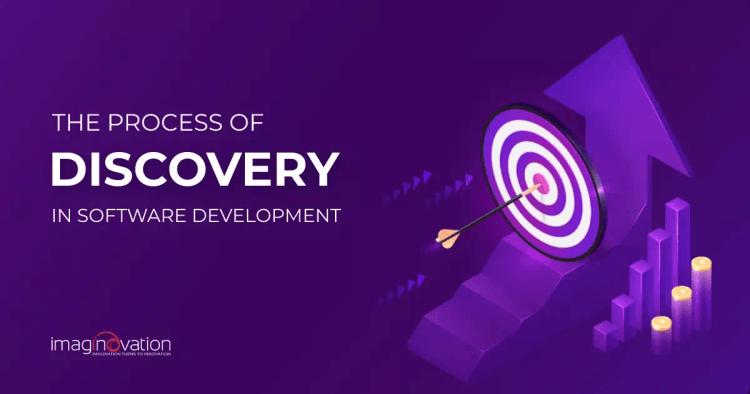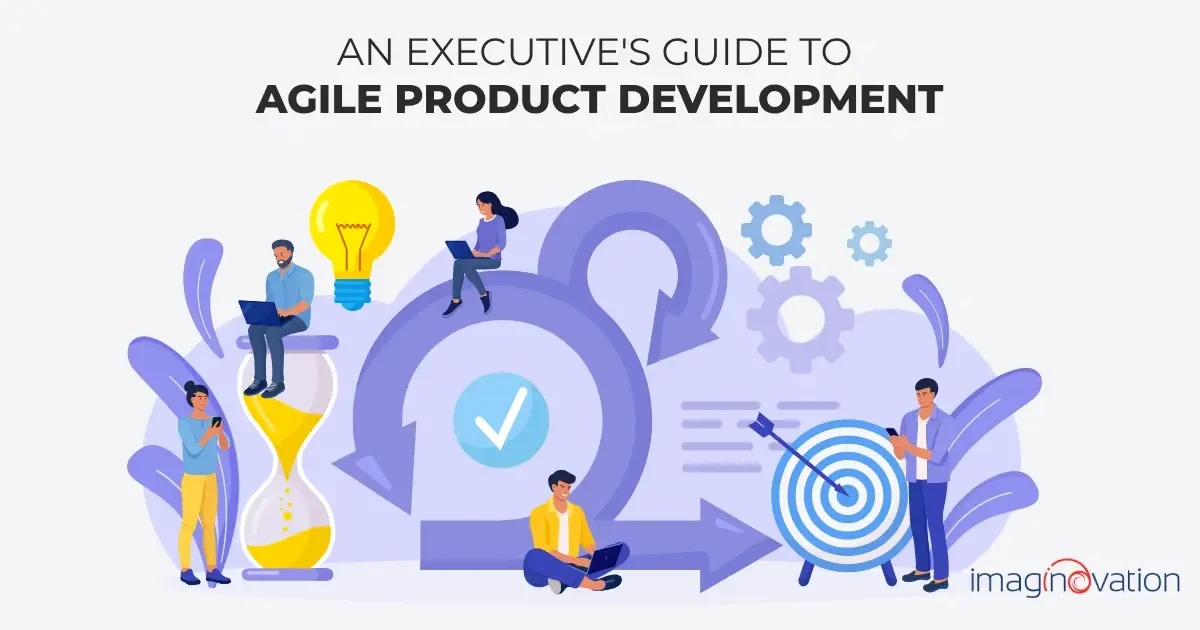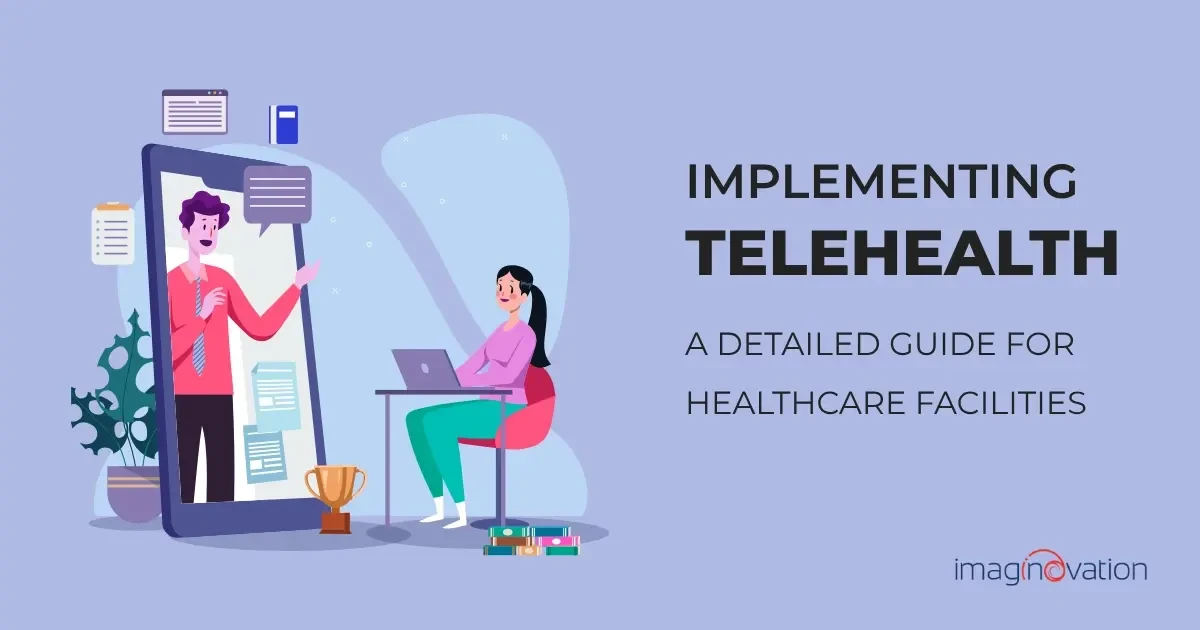A good beginning makes the rest of the journey easier.
The same holds for the discovery stage of development or digital solution projects.
Unfortunately, discovery is often skipped in most projects across industries. This results in missed deadlines and overshooting the budget. No matter the size of your company, such poor planning has serious consequences.
This blog post will explain the discovery process and why it is essential for a project.
Let’s begin!
What is The Process of Discovery?
Discovery is the first step of project development. It is all about collecting information about the project to help everyone understand its vision, goals, and scope.
In the discovery phase, you can identify your client's needs, product users, and project stakeholders. The involvement of all stakeholders in this phase ensures a high success rate, a better understanding of the scope, and more substantial team commitment.
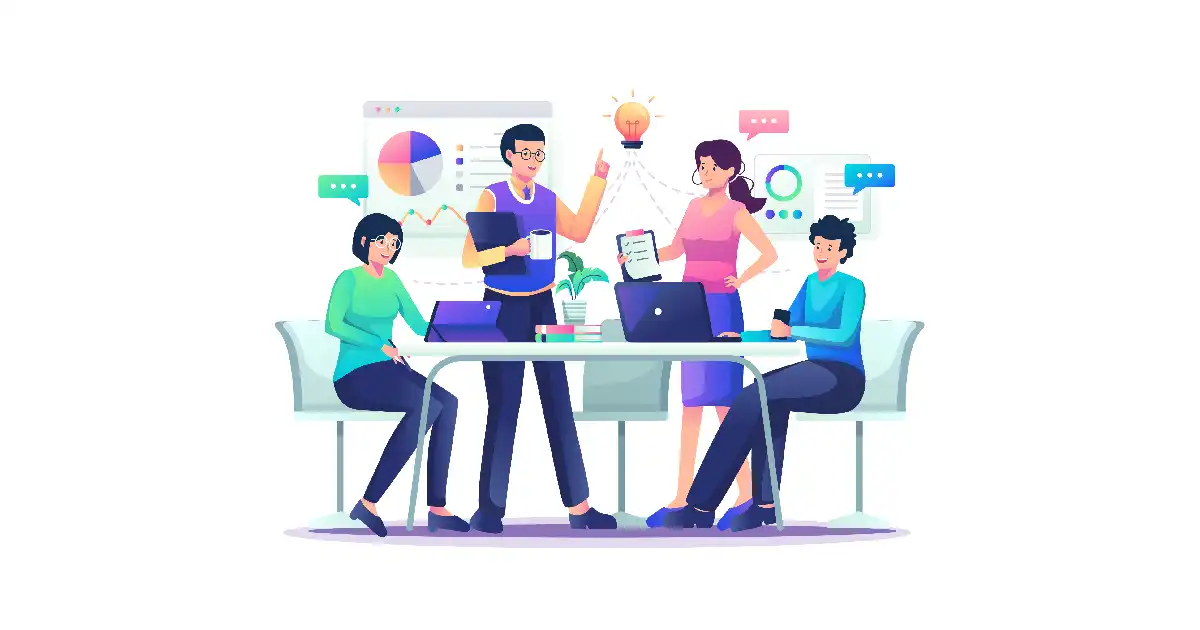
During this phase, the company's management teams come together to flesh out required details of the project by establishing essential requirements, estimating costs, and laying out the project timeline.
The idea is to accumulate as much information as possible so that your project goals do not lack detail and design. Then, with the knowledge gained from discovery, you can build a tailored action plan and move forward.
Why Project Discovery Process Matter?
When you try to get your product up and running at the earliest, the project discovery phase may seem like a complete waste of time, and you are tempted to skip it altogether. However, discovery is crucial for the success of digital development projects.
Let’s take a look at the dangers of skipping the project discovery phase, as reported by McKinsey.
- 45 percent of projects go over budget.
- 7 percent of projects miss deadlines for their completion.
- 56 percent of projects fail to deliver the total value of the initially planned product.
Fortunately, the project discovery phase can mitigate all the risks and provide you with the much-needed clarity and vision for your project.
Here’s why project discovery matters:
- Discovery enables you to identify project scope and goals.
- It puts you on the right track by identifying your target audience, project vision, and goals.
- With clear goals, you can create accurate project estimates in terms of budget and time.
- Poor planning leads to product rework. Discovery helps reduce the risk of missed deadlines and exceeding estimated budgets.
- Projects not based on research and understanding fail. Discovery ensures you make project decisions based on data and analysis rather than mere assumptions.
- Heeding to your users' voices helps you develop a product that’s focused on a great user experience.
- With the discovery, you can avoid making costly changes towards the later stages of product development.
- Establish a fool-proof road map for your project with a detailed, step-by-step plan.
- A dynamic team right from the discovery phase can serve you with the right advice and suggestions for your digital solution. Regular communication with your team will help you establish two-way trust and move forward without problems.
Such benefits make project discovery a significant investment that companies should not consider needless.
Imaginovation’s Discovery Process Breakdown
The discovery phase aims to help you manage time and budget wisely. Efforts in the discovery phase go a long way toward your project’s success.
We, at Imaginovation, have come up with a dedicated and structured process for discovery that’ll help you eliminate costly project mistakes.
Our delivery plus consulting phase uses various research tools and methodologies to understand your challenges. In addition, we reach out to your team and conduct stakeholders’ interviews, competition audits, and an analysis of your current work to gather as much project information as to make the entire discovery process effective.
We ensure that the process outcomes align with the problem we intend to solve and the critical metrics for project success.
Once we do this successfully, we bring your digital solution to life in the form of a wireframe to ensure we are on the right track in terms of UX and functionality. The agile methodology we follow empowers you to collaborate and participate in the entire process.
Here’s what we typically do in a project discovery stage.
1. Establish Business Objectives
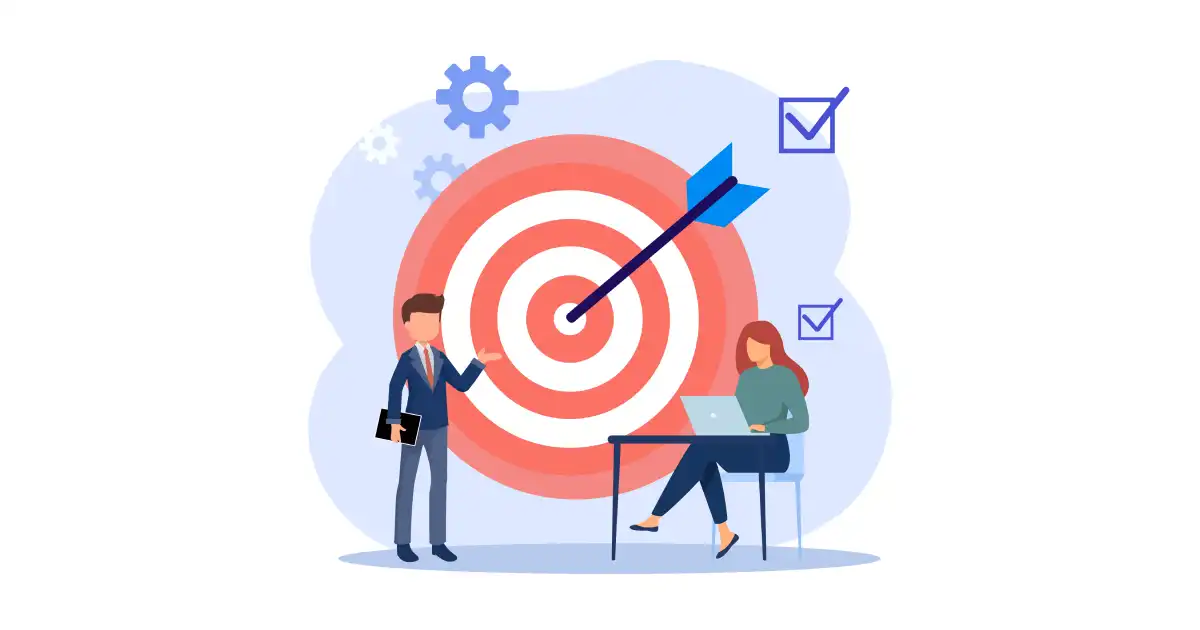
We begin by determining your business needs that must be addressed. Then, we check on your broader strategic business goals, which should be adhered to, even if you later introduce some changes to the product.
This step helps us understand your business model, needs, potential challenges, opportunities, and commercial considerations. This is an essential step to capture your business vision and idea behind the product.
Typical activities included in this step are:
- Identifying the stakeholders (List all responsible, internal, and external representatives).
- Conducting stakeholder meetings.
- Exchanging ideas with all stakeholders.
- Identifying bottlenecks.
- Conducting value proposition workshops for the product.
- Defining your short-, mid-, and long-term business goals.
- Identifying KPIs and other measures of project success.
Deliverables include:
- Documentation of the business specification requirements and discovery findings.
- Documentation of project scope.
- A strategy Map.
2. Audit and Review Existing Assets
We believe there is no need to reinvent the wheel, and this step helps us save time. Here, we review your existing assets, including market surveys, user interviews, wireframes, design mock-ups, or available research data (if any).
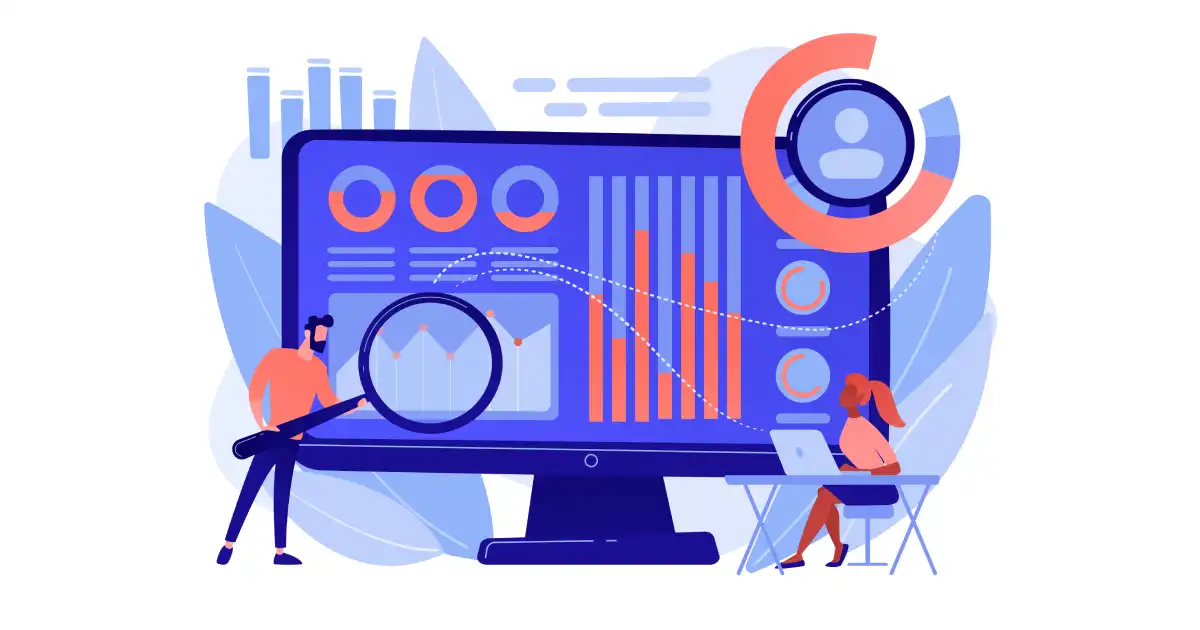
Our goal is to lay out improvements and identify metrics out of sync with the industry standards through this step.
Typical activities included in this step are:
- Listing what kind of existing assets could be beneficial.
- Asking the client for existing user personas, technical specifications, research data, or wireframes.
- Auditing and reviewing the assets thoroughly by identifying the pain points and takeaways.
- Exploring insights and critical areas for optimization.
Deliverables include:
- Documentation of a finalized problem statement backed up with evidence from existing assets.
- Documentation of improvement required.
3. Conduct Competitor Analysis
We prepare to dig deeper and review the market by running a practical competitor analysis. During this step, we validate the market, analyze the competitors, interview users, and (if required) design user personas.
We help you determine the pluses and minuses of your competitors, the main features they offer, the kind of users they have, and other essential points.
Becoming aware of your competitor’s weaknesses is necessary since you can turn them into your strengths. Also, being aware of their strengths will help you ensure you work toward the competitive advantage.
Moreover, you might come across some practices of your competitors that are worth following.
Typical activities included in this step are:
- Market research.
- Data gathering around industry trends.
- Identifying the competitors.
- Using research tools, identify the strengths and weaknesses of your competitors.
- Talk to competitors’ customers.
- Check online reviews.
Deliverables include:
- Documentation of gaps that must be filled.
- Definition of pros and cons of available solutions.
4. Build a User Journey
We assure you that the user journey mapping process we follow will help you build a better product with enhanced UX. We attempt to understand your user base, target audience, key concerns, expectations, and behavior patterns.
This step aims to help you move forward toward building a solution that meets user requirements and expectations. And also boost customer satisfaction with the product.
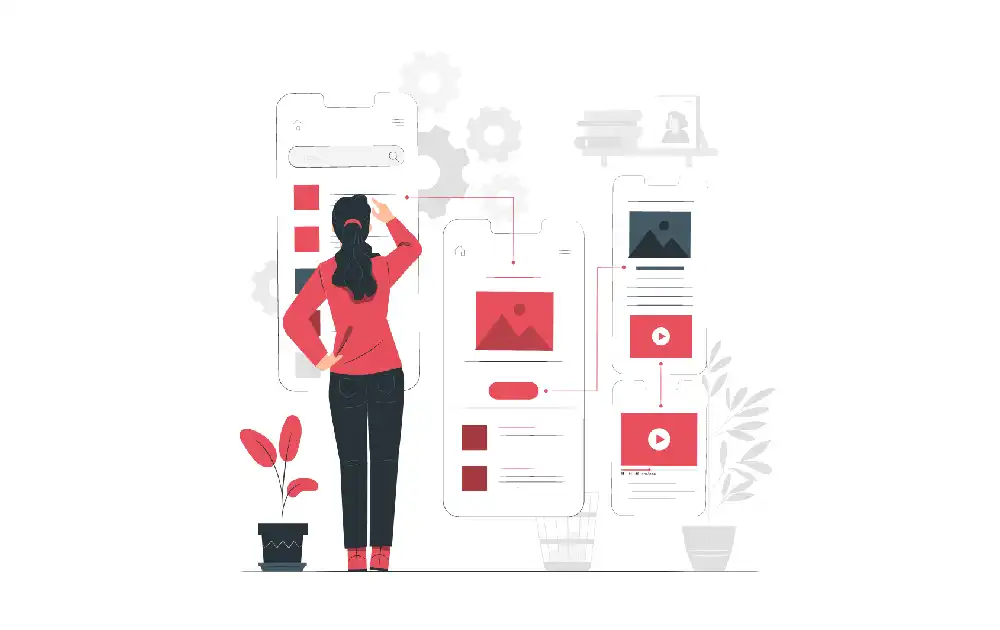
Typical activities included in this step are:
- Review user data based on research.
- Detailed discussion and analysis of the user profiles, needs, and permissions.
- Testing of assumptions and hypotheses of the customer journey.
Deliverables include:
- User personas.
- User/Customer Journey map.
5. Visualize User Flow with Solution Framing
In this step, we focus on creating a visual solution. Then, we design a prototype and test it on users. Moreover, the stakeholder feedback of the 'rough draft solution' (usually wireframe or prototypes) we offer here helps save time and effort in rework and revisions.
Typical activities included in this step are:
- Visualize user flow.
- Design key screens/touchpoints.
Deliverables include:
- User flow diagram.
- Wireframes based on user interface screens.
- Clickable product prototype based on the wireframes.
6. Features and Functionality for MVP
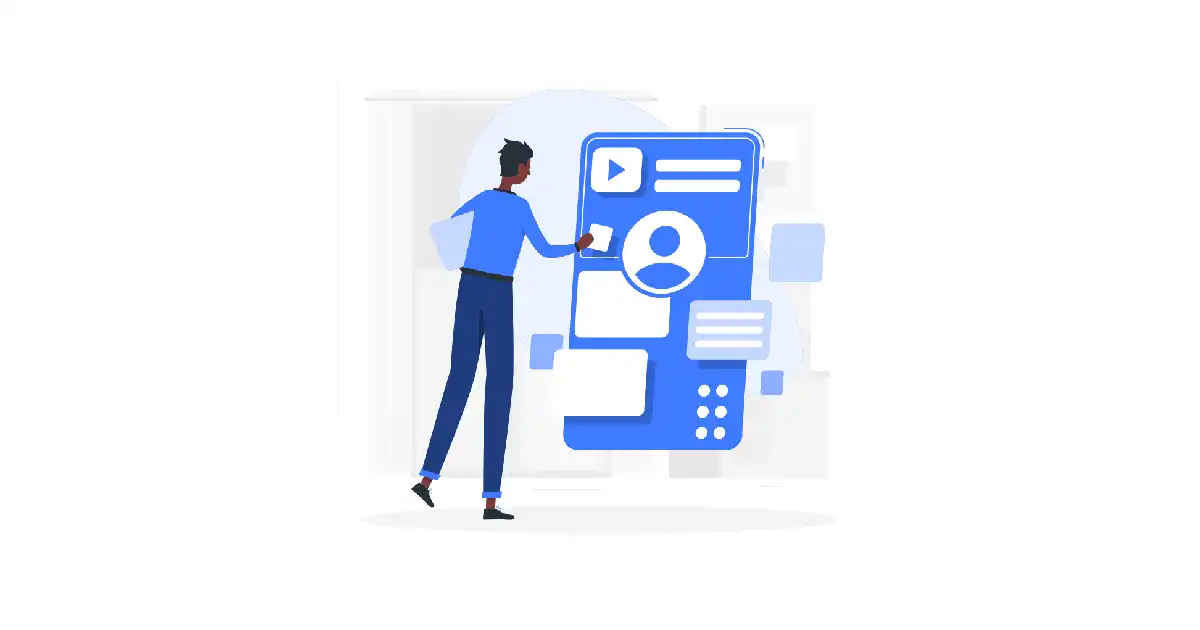
Here, we will define how your application will function and deliver its intended purpose. We will also uncover a detailed list of application features for building an MVP – Minimum Viable Product.
Typical activities included in this step are:
- Conduct discussion to determine functional requirements.
- Build a list of mandatory features and functions of the application.
Deliverables include:
- Product backlog for the development of MVP with complex functions and features.
7. Technology Mapping
Here, we perform a technology audit for your existing application (if any), check for integration needs, review in-house technical abilities, and recommend the best option for technology.
Typical activities included in this step are:
- Conduct a technical audit of the current solution.
- Perform application integration analysis.
- Review and discuss available technology options.
- Finally, suggest the best option based on performance and value.
Deliverables include:
- Solution architecture.
- Summary of agreed-upon technology to support the need of the application.
8. Creating a Roadmap
This is the final stage of the discovery process to help you get a detailed plan. Here, we offer you absolute transparency about all the functions and sequences. In addition, there will be clarity about the timeline, roadmap, milestones, and budget.
Typical activities included in this step are:
- Build a thorough product roadmap.
- Perform a time and cost analysis.
Deliverables include:
- Project plan/roadmap.
- Cost proposals and time estimates to get the first version to the market.
Why Imaginovation?
Imaginovation has built a reputation as a customer-centric web and mobile development company. We have created satisfying digital journeys for clients ranging from small-and-medium businesses to Fortune 500 clients.
More importantly, we operate using Agile, an iterative development approach followed by most modern development companies.
What you get as a result:
- Since it is iterative, from product building to feedback, testing happens iteratively. Improvements are based on the lessons learned in the previous sprint.
- You get to be part of the product development journey.
- You can collaborate and be part of the decision-making.
- Freedom to make changes during the design and development process.
- Stress-free participation because of transparency and responsiveness.
Discuss Your Next Project Idea With Imaginovation
The discovery is the most crucial phase for successful product delivery.
Performing it with a reliable and experienced company like Imaginovation will get you on the right project beginning, and you can move to the development process without any worries.
Contact us at Imaginovation. We can help you build a foundation for your solution, which will ensure its future success.
Imaginovation is an award-winning web and mobile app development company with vast experience crafting remarkable digital success stories for diverse companies. Let's talk.
